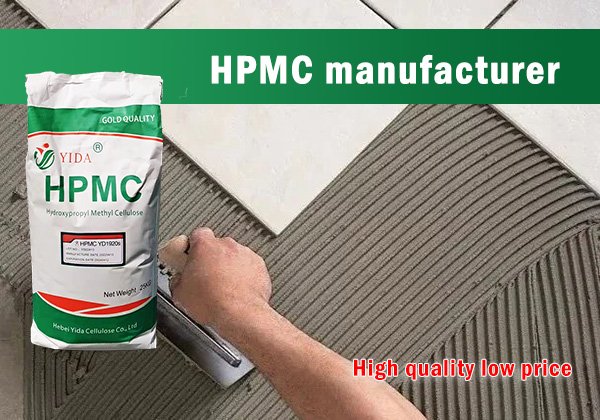HPMC Chemical Structure: An Introduction to its Molecular Composition
HPMC, short for Hydroxypropyl Methylcellulose, is a widely used polymer in various industries. To understand its chemical properties, it is essential to first delve into its molecular structure. HPMC is a derivative of cellulose, a naturally occurring polysaccharide found in the cell walls of plants. Chemically, it is composed of repeating units of glucose, with some of the hydroxyl groups substituted with hydroxypropyl and methyl groups.

The addition of hydroxypropyl and methyl groups to the cellulose backbone imparts unique properties to HPMC, making it highly versatile in a range of applications. The hydroxypropyl groups provide increased water solubility and improved film-forming characteristics, while the methyl groups enhance its stability and thermal properties.
What is HPMC Chemical? Understanding its Composition and Uses
HPMC is a semi-synthetic compound derived from cellulose, making it biocompatible and safe for use in various industries. The degree of substitution (DS) of hydroxypropyl and methyl groups on the cellulose backbone determines the specific properties of HPMC. This adjustable substitution level allows manufacturers to tailor HPMC to meet specific requirements for different applications.
Due to its unique chemical composition, HPMC exhibits a range of properties that make it suitable for numerous applications. It is commonly used as a thickening agent, binder, emulsifier, film-former, and stabilizer in industries such as pharmaceuticals, cosmetics, construction, and food.
HPMC Chemical Name: Unraveling the Nomenclature
HPMC is known by various names in the scientific and commercial domains. Its chemical name, Hydroxypropyl Methylcellulose, aptly describes its molecular composition, highlighting the presence of hydroxypropyl and methyl groups. In addition to its full name, HPMC is also referred to by its abbreviations and trade names, such as Hypromellose, Pharmacoat, and Methocel.
Regardless of the name used, HPMC remains a versatile and indispensable ingredient in numerous products, contributing to their desirable properties and functionality.
Hydroxypropyl Methylcellulose Chemical Properties: Exploring its Unique Characteristics
The chemical properties of HPMC contribute to its widespread utilization across diverse industries. Here are some key characteristics of HPMC:
Water Solubility: HPMC exhibits excellent water solubility, allowing it to form clear and stable solutions. The degree of solubility can vary based on the degree of substitution and molecular weight of HPMC.
Film Formation: HPMC has excellent film-forming properties, making it a popular choice in the pharmaceutical and cosmetic industries. It can form thin, flexible films that provide barrier properties, controlled release, and protection to encapsulated substances.
Rheology Modification: HPMC acts as a thickening agent, imparting desirable viscosity and flow properties to liquid formulations. Its ability to control viscosity enables the creation of products with varied textures and consistency.
Stability and Compatibility: HPMC is chemically stable and compatible with a wide range of other ingredients. It maintains its functionality over a broad pH range, making it suitable for use in acidic, neutral, and alkaline formulations.
Controlled Drug Release: In pharmaceutical applications, HPMC can be used to achieve controlled drug release, ensuring the gradual and sustained release of active ingredients for optimal therapeutic effects.
In conclusion, Hydroxypropyl Methylcellulose (HPMC) possesses a remarkable set of chemical properties that contribute to its versatility and wide range of applications. From its unique chemical structure to its water solubility, film-forming abilities, and rheology modification properties, HPMC offers a multitude of benefits to various industries.
YIDA HPMC cellulose
YIDA Cellulose Co., Ltd. is a Chinese factory specializing in the production of HPMC cellulose. It has 16 production lines and an annual output of 26,000 tons. YIDA can provide you with reliable, cost-effective HPMC cellulose. Our samples support free mailing and testing, and our laboratory can provide experimental data and product deployment.
